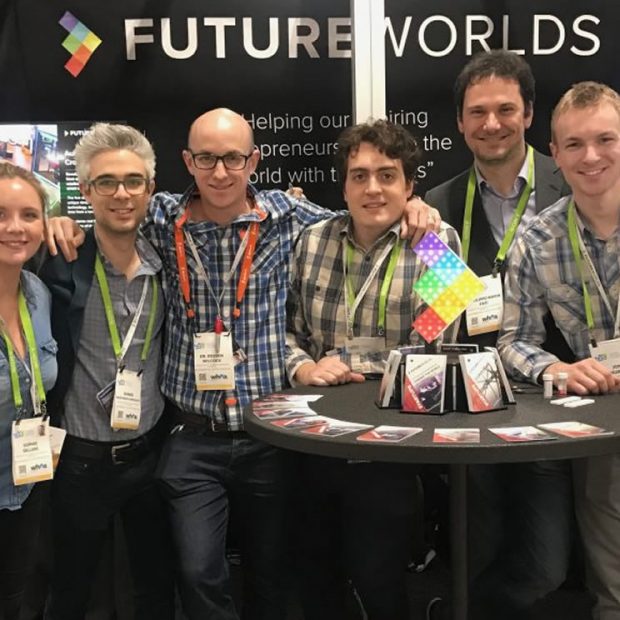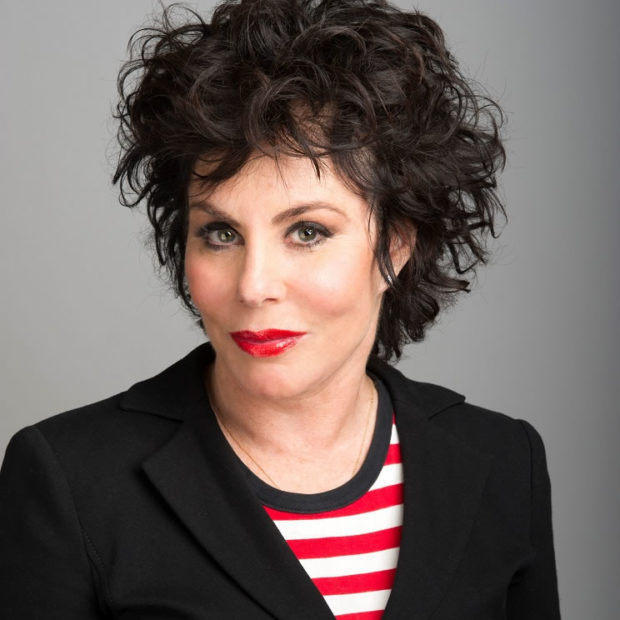Hartley News Online Your alumni and supporter magazine
A team of scientists from Southampton, including two alumni, is investigating smart fabrics that can change colour and control infections.
The team includes Professor Steve Beeby (PhD Engineering, 1998) from Electronics and Computer Science (ECS) as Principal Investigator and Professor David Harrowven (BSc Chemistry, 1985; PhD Chemistry, 1988) from Chemistry, who tell Southampton Connects more about this exciting research area.
Smart fabrics, also known as electronic textiles (e-textiles) add electronic functionality to standard clothing. The potential benefits range from treating or preventing infections to monitoring wear and tear in vehicles.
Steve explains that textiles are difficult to adapt due to rough surfaces, porosity (the porous consistency of the material) and the necessary low processing temperatures. “The achievement of suitable functional materials along with reliable, consistent fabrication processes will enable a huge range of new textile products.”
The combination of Chemistry and ECS in this project enables Southampton to undertake unique research and apply this to real-world application with real potential to make a difference. The people we work with are of the highest quality and the opportunity to work across the disciplines with like-minded individuals continually inspires new ideas and research challenges.
A step change in e-textiles
Funded by the Engineering and Physical Sciences Research Council, the research involves the fabrication of textile organic light-emitting electrochemical cells (OLECs).
“This is a step change in e-textile capability as OLECs are electrochemically stable in air, need a low turn on voltage and have demonstrated a high luminance level, allowing them to be visible in everyday lighting,” says Steve.
The use of this technology will enable fast colour-changing textiles, low operation voltage and power consumption, with a more diverse choice of colours and a clearer, more pronounced change in appearance.
“Using OLECs that change colour in UV light (UV-OLECs) will also support textiles to perform ultraviolet germicidal irradiation (UVGI), a disinfection method that uses short wavelength UVC light. Textile-based UVGI can be incorporated into smart bandages to treat or prevent infection and reduce reliance on antibiotics,” Steve explains.
Outstanding institution
David explains that the friendliness, professionalism and thriving research in Chemistry is what prompted him to return to Southampton as a lecturer in 1994.
It’s not just a good place to learn, teach and do research; it’s outstanding. There’s a collaborative spirit in the Chemistry department that I’d advise others to emulate. The e-textiles grant bears witness to that, as it brings together expertise in ECS and Chemistry to advance our research in ways that neither team could do alone.
This is a view that is echoed by Steve, who completed his PhD on a part-time basis while employed as a research assistant at Southampton. “Compared to my previous university, I found the environment was much more supportive and research was ingrained in the culture, making it a very exciting place to study. Southampton’s clean room facilities were also essential for the PhD and these were among the best in any UK university at the time.”
For more information about this constantly expanding research area, read our recent Research highlights article.



